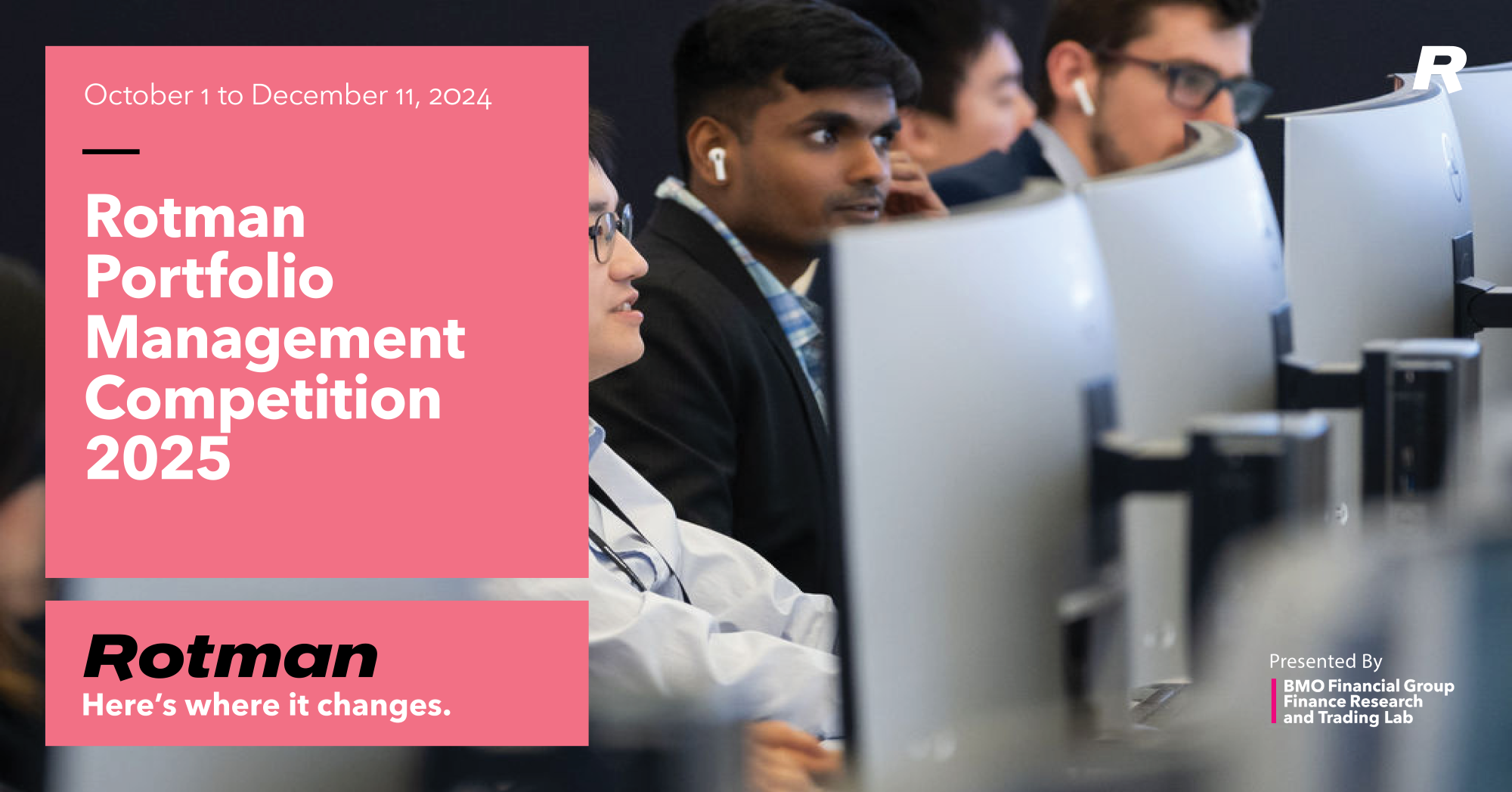Competition participants are responsible for following health and safety measures where applicable. Individuals should report health and safety concerns to the competition committee via email at financelab[at]rotman.utoronto.ca, who will promptly review, assess and implement measures to address the concern where appropriate.
Measure to reduce risk of exposure:
- Individuals who are sick or who have COVID-19-related symptoms should stay home/hotel/accommodation.
- Isolate until there is no fever and symptoms improve for 24 hours (48 hours for gastrointestinal symptoms), regardless of testing results or no testing.
- Refer to: Ontario COVID-19 Self-Assessment and Procedures in the Event of a Confirmed Case and/or COVID-19 Symptoms.
- Avoid touching your face, nose or mouth with unwashed hands.
- Wash your hands often and thoroughly with soap and water or alcohol-based hand sanitizer.
- Practice proper respiratory etiquette, such as sneezing and coughing into your elbow.
- Face masks are encouraged, and we ask everyone always to respect the decisions of others, their comfort levels, and their health needs.








